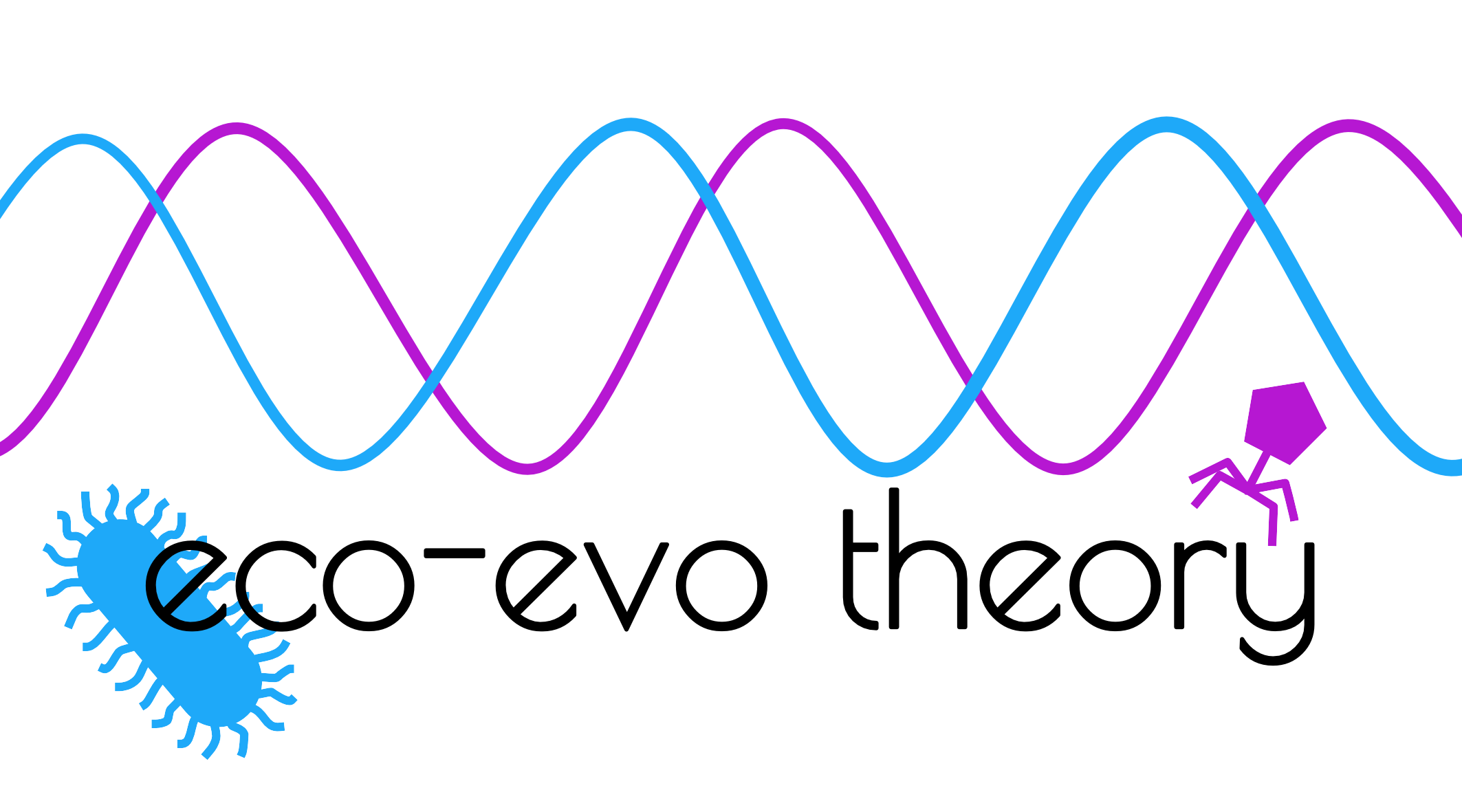We’re interested in how environmental (e.g. spatial structure, fitness costs) and genetic (e.g. specificity, epistasis) factors affect the coevolution of traits such as resistance and infectivity. Using relatively simple eco-evolutionary models, we can study how these factors lead to qualitatively and quantitatively different outcomes, such as optimal strategies, fluctuating selection, arms races, and diversification (simulations below).

Key findings
Using a variety of mathematical and numerical techniques, we’ve shown how:
- The two classical frameworks for infection genetics are in fact closely related, and produce different types of fluctuating selection under the same genetic system.
- Feedbacks between ecology and evolution can fundamentally change host-parasite coevolution dynamics, causing shifts between mono- and polymorphism, and fluctuating selection.
- Social information and disease transmission can drive the coevolution of sociality and virulence. Greater sociality and lower virulence evolve when the risk of infection is either low or high and social information is neither very common nor too rare.
- Epistasis between infectivity mutations can trap parasites at a local fitness peak, preventing adaptation to new hosts.
- Coevolution can drive non-overlapping associations between genes in the vertebrate Major Histocompatibility Complex.
- Spatial structure can mitigate high fitness costs associated with resistance and can cause coevolutionary dynamics to shift from fluctuating selection to an arms race.


